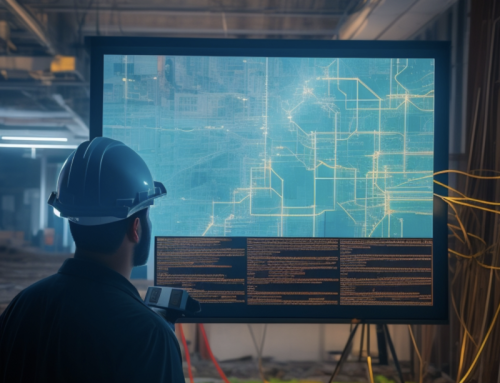Watch our 3 Surefire Steps to Improving Safety Engagement that anyone can Complete
October 26, 2019/by Barry Nelson
Reducing accidents and injuries is one of the primary responsibilities of safety professionals across all industries, that’s a given.
So is the reality that much of their success in the field comes down to how well the people they’re trying to protect actually communicate, and engage with their workplace. In fact, it’s been proven that when organizations focus on their people, communicating effectively, providing valuable training, and reinforce their efforts through a positive reinforcement system, the overall incident rate of their workplaces decrease by 25%.
To that end, there are countless kinds of costly initiatives out there designed to enhance the awareness of the workers in high-risk worksites—but there are also some easy steps that any organization can take which don’t require any special measures, and are scientifically proven to keep crews listening, more engaged, and safer.
All it takes are 3 effortless adjustments to the 15-minute planning conversations that hazardous workplaces already have every morning.
This 3-minute video explains it all.
Why Organizations can’t Ignore these 3 Safety Steps
While these simple steps can easily become a natural part of daily safety planning, many organizations don’t implement them because they remain unaware and rooted in old practices that—while well intended—simply aren’t working.
Too often, morning daily safety planning and job hazard analysis methods boil down to redundant one-sided conversations that are directed by old handouts sent over by management that isn’t close to the field. This doesn’t engage workers, or account for the valuable ideas and insights they’ve gained as the people closest to the work.
Since unengaged workers in high-risk worksites are much more likely to experiences accidents and injuries, something needs to change.
Thankfully, it’s guaranteed that by implementing these 3 effortless steps into their safety planning and daily conversations, all organizations are capable of driving monumental improvements in safety engagement:
- Asking questions first
- Moving while talking
- Mixing up your Meetings
It might sound too simple to be true, but the results are undeniable.






